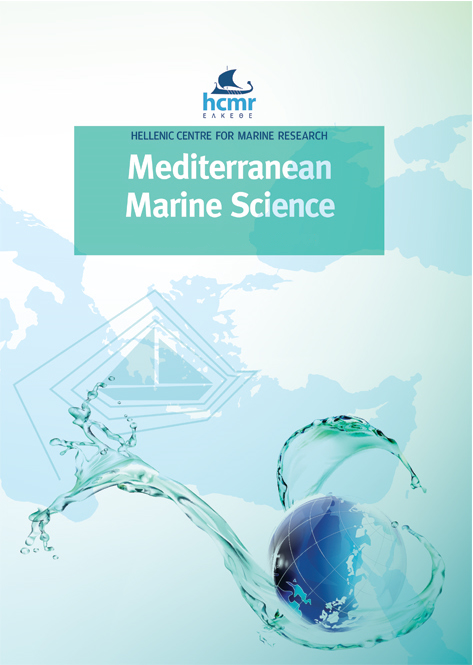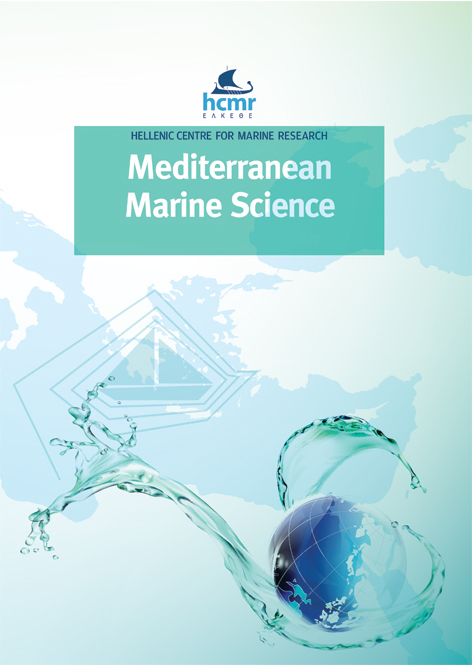Seasonal and bathymetric effects on macrofouling invertebrates’ primary succession in a mediterraenan non-indigenous species hotspot area

Περίληψη
The present study investigates macrofouling development in the Mar Grande of Taranto (Central Mediterranean Sea), a wide confined area that has attracted considerable attention in recent years due to the establishment of numerous non-indigenous species (NIS). Different starting times of a yearly primary succession on artificial substrates were tracked so as to investigate the matching of the development pattern with contingency and/or convergence models, identifying NIS’s structural role in the community endpoint. Our results show that during the experiment all assemblages tended to converge towards multiple contingent communities according to starting times and depths. The differences are due to propagule availability which influence further species interactions. Thus the endpoint patterns are defined by a contingent community development determined by the seasonal species pool, their phenologies, pre- and post-settlement events, and species interactions. The most important structuring species was Mytilus galloprovincialis, which was present in almost all the endpoint assemblages, in particular when it recruits at early stages of the community development. Another abundant species at the endpoint was the alien Branchiomma boholense; which was a persistent structural component contributing to an alternative state in which Mytilus galloprovincialis loses its structural importance and where B. boholense becomes dominant, leading to an increase in fouling biodiversity of the endpoint assemblage.
Λεπτομέρειες άρθρου
- Πώς να δημιουργήσετε Αναφορές
-
LEZZI, M., & GIANGRANDE, A. (2018). Seasonal and bathymetric effects on macrofouling invertebrates’ primary succession in a mediterraenan non-indigenous species hotspot area. Mediterranean Marine Science, 19(3), 572–588. https://doi.org/10.12681/mms.14786
- Τεύχος
- Τόμ. 19 Αρ. 3 (2018)
- Ενότητα
- Research Article
Authors who publish with this journal agree to the following terms:
- Authors retain copyright and grant the journal right of first publication with the work simultaneously licensed under a Creative Commons Attribution Non-Commercial License that allows others to share the work with an acknowledgement of the work's authorship and initial publication in this journal.
- Authors are able to enter into separate, additional contractual arrangements for the non-exclusive distribution of the journal's published version of the work (e.g. post it to an institutional repository or publish it in a book), with an acknowledgement of its initial publication in this journal.
- Authors are permitted and encouraged to post their work online (preferably in institutional repositories or on their website) prior to and during the submission process, as it can lead to productive exchanges, as well as earlier and greater citation of published work (See The Effect of Open Access).













